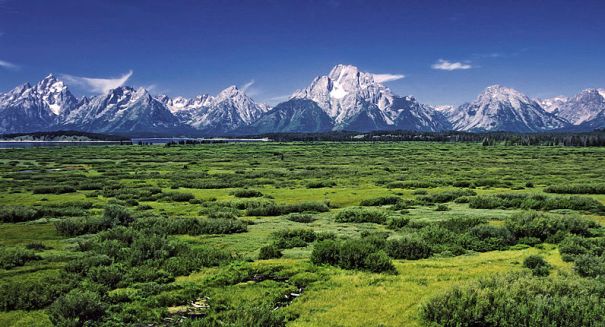
A new report (Vital Signs 2013) on Grand Teton National Park and John D. Rockefeller Jr. Memorial Parkway has been posted online for reference on both the natural and cultural resources for each park.
A new national resource report has just been made available for reference. The report, called Vital Signs 2013, can be accessed at NPR and details both the natural and cultural resources of Grand Teton National Park as well as the John D. Rockefeller Jr. Memorial Parkway. This report is very important, and helps in both monitoring and better understanding the parks ecosystem overall.
According to Sweet Water Now, Vital Signs 2013 is a report is built off of different summaries, which are factored into five distinct categories. These categories are air quality, water quality, fire, soudscape, glaciers and climate. Then, each of these categories are studied in terms of both climate and environment. Each category tells a different story and helps make decisions for long term management. Not every piece of data is significant enough to be able to glean long term information from, but the data compiled provides a great look into the future assessment of resource conditions.
Beyond the climate, natural resources also pertain to endangered flora and fauna in the each area. Such species include the bald eagle, grey wolf and grizzly bear. This list also extends to any species that has seen a great decline in population or any that have a lack of data, such as the blue heron, whitebark pine and trumpeter swan. This summary also covers vulnerable species like the pronghorn, bighorn sheep and common loon. However, the report doesn’t just look at endangered or threatened wildlife, but also looks at any species that has a great effect on the ecosystem, which includes larger animals like bison and elk. Other species (such as amphibians) are recorded due to their sensitivity to things such as pollutants, climate change and habitat alteration.
Many challenges exist when building a report like Vital Signs 2013, and they are mainly due to the presence of eternal factors. These factors are mainly caused by human activity, such as grazing, plant restoration and park visitation. However, while those challenged exists, the reports does a good job of monitoring the parks and making sure that they will stay sound for future generations.
Leave a Reply